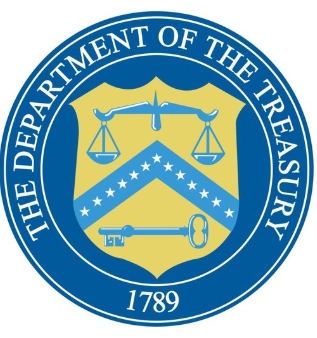
According to Treasury, the final rules clarify how producers of hydrogen, including those using electricity from various sources, natural gas with carbon capture, RNG, and coal mine methane can determine eligibility for the credit.
For methane-based hydrogen, the final regulations released Jan. 3 provide rules for determining eligibility of hydrogen produced using methane reforming technologies, including with carbon capture and sequestration (so-called “blue” hydrogen”), as well as the use of natural gas alternatives such as RNG or coal mine methane.
For hydrogen production using natural gas alternatives, the final regulations provide rules on how to calculate lifecycle GHG emissions and claim the credit for alternatives sourced from a wider range of biogas and fugitive methane than the proposed rules allowed – including wastewater, animal manure, and landfill gas – and for coal mine methane.
In consideration of comments and with extensive consultation with expert agencies, the final rules provide clarity on the 45V lifecycle GHG emissions determination for those sources, including taking into account emissions in counterfactual scenarios. The final rules take a sound and administrable approach to determining appropriate alternative fates which are used to determine lifecycle emissions according to parameters in 45VH2-GREET.